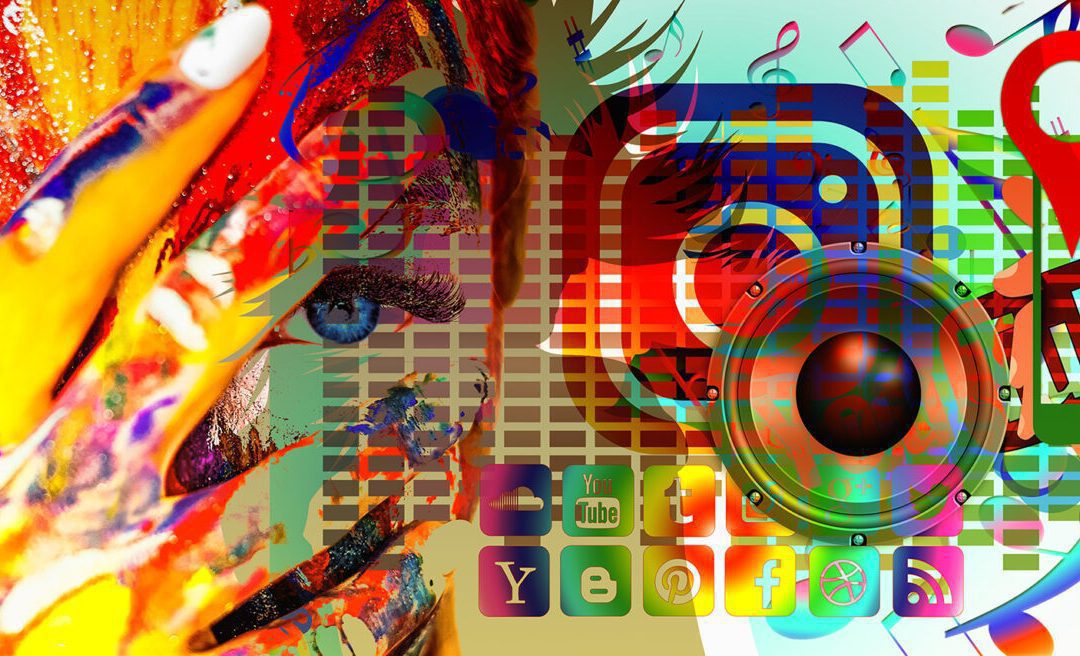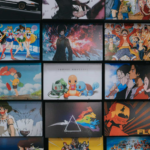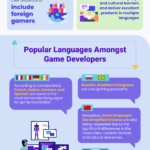The power of social media as a marketing tool is recognized by entrepreneurs and businesses all over the world. You can see a large number of brands, old or new, small or big, selling their products online. So, why not use the power of social media to promote your game? The global gaming market had a turnover of USD 173.70 billion in 2020 and it’s expected to reach a value of USD 314.40 billion by 2026. With 9.64% growth in the forecast period (2021 – 2026), it’s very clear that the gaming industry is here to stay. The market is more competitive than ever, with large development studios and indie developers fighting to attract the target audience. At the same time, the COVID-19 pandemic influenced the way brands communicate with their clients and potential customers. According to Content Marketing Institute report, 42% of B2C marketers stated they have a documented content marketing strategy in 2021, up from 33% the previous year, while 68% of them reported their organization implemented moderate or major adjustments to their content marketing strategy, in response to the pandemic.  With so many lockdowns in 2020 and the first months of 2021, online competition in communication and the usage of social media exploded. To face this challenge, B2C marketers reported that the top three organic content distribution channels they use to engage with their audiences are social media platforms (82%), their organization’s website/blog (79%), and email (76%).
With so many lockdowns in 2020 and the first months of 2021, online competition in communication and the usage of social media exploded. To face this challenge, B2C marketers reported that the top three organic content distribution channels they use to engage with their audiences are social media platforms (82%), their organization’s website/blog (79%), and email (76%). 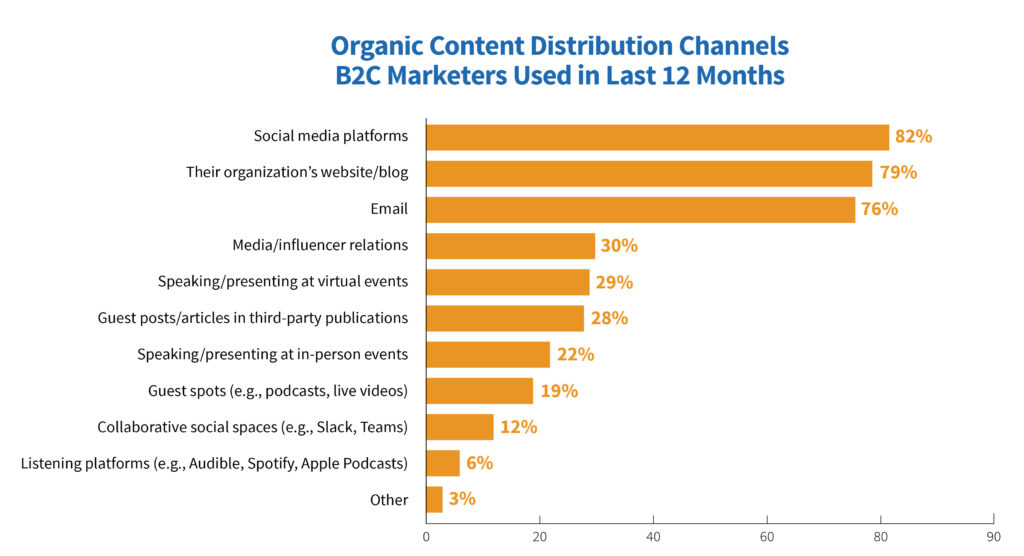 Using social media for gaming should be part of your marketing and localization strategies, but just signing up on Facebook, Twitter, Instagram, or YouTube is just not enough. Even if they are the most popular organic social media platforms used by the B2C marketers in the last 12 months.
Using social media for gaming should be part of your marketing and localization strategies, but just signing up on Facebook, Twitter, Instagram, or YouTube is just not enough. Even if they are the most popular organic social media platforms used by the B2C marketers in the last 12 months. 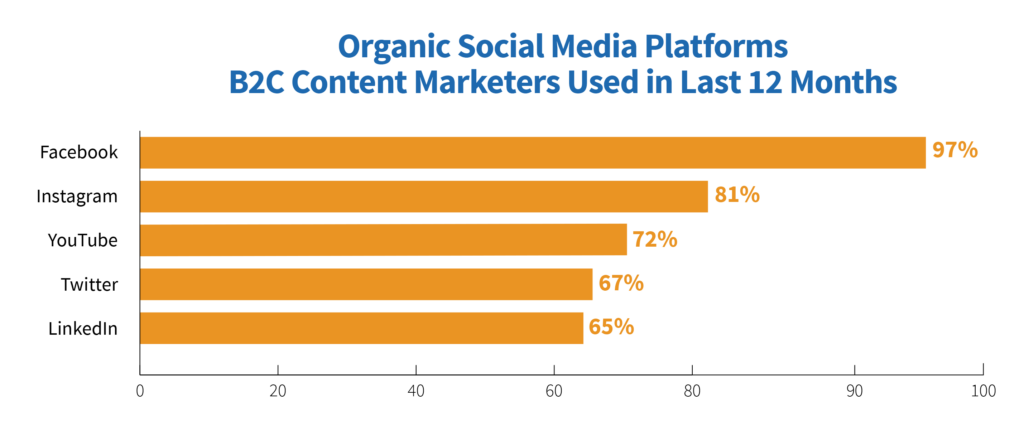 But how do you get in on the action? What does it take to build up your gaming audience and advertise your game via social? Good questions! In this post, we’ll show you 6 foolproof strategies to promote your game on social media. However, before designing and implementing any social media strategy, you should start with two fundamental steps that will help you lay the foundations of a successful online presence and get your game the attention it deserves.
But how do you get in on the action? What does it take to build up your gaming audience and advertise your game via social? Good questions! In this post, we’ll show you 6 foolproof strategies to promote your game on social media. However, before designing and implementing any social media strategy, you should start with two fundamental steps that will help you lay the foundations of a successful online presence and get your game the attention it deserves.
Define your audience before starting to promote your game on social media
The first step is to set up your ideal customer profile. Who are the people who will like, play, download or buy your game the most? What do they look like? Are they teenagers, young adults, or mature adults? Which age group do they belong to? Where do they live? What is their income? What do they appreciate the most? Which social networks do they use? And when? And the questions can go on. Defining your ideal audience will save you time and money and will prevent you from pushing your game to the wrong audience that doesn’t have any interest in it. And you must do this not only with the original version of your game but also when you want to expand globally. In this case, when creating a localization strategy for a specific market, you have to consider its specificity when adapting the profile of your ideal customer. If you don’t know where to start, a good idea is to take a look at your competition to see where they invest the most effort and how they communicate with their fans. Try to figure out how they defined their audiences, and which part of their strategies you can easily replicate, and then target your market accordingly.
Set up your brand voice
Before starting tweeting, posting on Facebook or Instagram, or create your first YouTube video clip, or even deciding how to advertise your game, be sure you match your social media voice with your brand and game personality. To do this, you must decide first who your brand is, by answering the following question: If your game would have been a person, who would it be like – act like – speak and sound like? Let’s say you developed management problems solving game, targeting the C-level managers. Then is no point in having an edgy and irreverent speech. Once you found your voice, use it consistently, not just on social networks, but also when leveraging the power of SEO to increase your website’s organic traffic. Once you defined your target audience and set up your voice, it’s time to learn how to use social media to maximize your opportunities.
Be consistent when you start to promote your game
After deciding which social media channels are the best to engage with your potential consumers, be consistent. Don’t stop, don’t slow down. If you want to build a solid fan base, you must constantly post, share and engage people. Otherwise, they might think you are not authentic or lost your interest and they’ll go to your competitors. Always produce fresh content, share related content on a consistent basis, and interact with your followers. Whenever someone posts a comment, uploads a picture or video, jump into the conversation. This way, you’ll develop good relationships with people and businesses whose content you’re sharing – and they’ll return the favor.
Use a trial during the pre-launch phase
With a game in the development and/or localization stage, it’s time to think about the pre-launch campaign and elevate your game. If you’ll be waiting until your game will be released, you’ll lose a good time’s worth of advertisement opportunities. Generally speaking, gamers are digital natives. Chronically online, they are always hunting for new content to check out. That’s why so much of social media for gamers is centered around creating a sense of hype. Therefore, creating a teaser to promote your game and share it on your social media channels or posting announcements about an upcoming release date helps you build anticipation that gets people talking (and ultimately tuning in). You’ll also need to decide what the marketing story of your game will be and create the narrative that will help you to inform people.
On 7/20 we'll debut the first #NintendoDirect Mini: Partner Showcase, a series focused on titles from our development & publishing partners. We'll share a few updates on a small group of previously-announced #NintendoSwitch games. Check out the full video release at 7am PT. pic.twitter.com/GbEbxVL6fD
— Nintendo of America (@NintendoAmerica) July 20, 2020
Partner with streamers and up-and-coming gamers
As influencer marketing is used by brands to build social proof, it makes perfect sense for you to partner with streamers and gaming personalities. Doing so not only introduces your company to a new audience but also puts a face to your marketing efforts.
“It was the best moment of my career”@FRANA_OW clutches the fight and pops off as Zenyatta.
— Overwatch (@PlayOverwatch) July 30, 2020
🧡OW: https://t.co/eoVULM89gJ pic.twitter.com/7VddaFlxKO
It might seem silly, but video game marketing should be fun. Showing players enjoying your game is a simple way to do exactly that. Besides, gamers are also eager to grow their brand and channel and therefore try to find and advertise games that suit their audience. So, partnering with them is like finding the right match for your game, while bringing that much-needed sense of authenticity.
Pro tip: Grab the crown. pic.twitter.com/yvaqJFaGaY
— Twitch (@Twitch) August 5, 2020
Use the apps to schedule and share your content
- Live event announcements (streams, esports)
- User-generated content such as fanart or cosplays
- Press mentions and positive reviews
- Screenshots and videos from upcoming games
- In-game updates and bug fixes
- Questions for your community
- Time-sensitive offers and promotions
Excepting planning in advance, you can:
- create a social media calendar and post by yourself every single time, or
- automate the whole process and use an app to schedule and share your content.
Apps like Buffer, Coschedule, Hootsuite, or Sprout Social are robust and cohesive social media business solutions, built to scale.
Understand and apply the best practices specific to each social media platform
Whether you are part of a small, limited-resource game marketing team or a bigger one, the principle is the same: understand and apply the best practices of each social media platform you intend to use if you want to succeed. Moreover, when resources are relatively limited, you should prioritize. Start with the social network that works best for you when it comes to building your audience. Is it Facebook? Or Twitter? Or Instagram? Or YouTube? Before deciding what fits you the best, consider that:
- Twitter should be a top priority when it comes to social networks for gamers. The platform is prime for breaking news and already has a dedicated gaming audience looking for day-to-day updates.
- Facebook – is fair game for studios as well, especially given that it’s s a popular place for offers and ads. That’s why is also ideal for attracting attention to long-term promotions.
- Instagram for gamers is more focused on community updates and user-generated content like fan art and cosplay photography.
- YouTube – to connect with your gaming community
Analyze your social media channels
Once you’ve implemented all of these techniques, you must measure your results and adjust your actions accordingly to maximize the potential of your social media campaign. Unfortunately, no communication campaign works on a “set-and-forget” basis. Measure the success of your social media posts compared to other content distribution channels to see if they’re gaining any traction. There’s a wealth of resources online to help you with this. If you created one, you should also keep an eye on your landing page to see what type of traffic you’re receiving. This can tell you how most people find out about your game.
Final words
Gamers are a unique audience. Passionate and plugged in, they’re likewise the most likely to follow and engage companies and they’re fans of. Our post about how to promote your game on social media will get you started with ideas to level up your gaming marketing. Speaking of which, make sure to check out the latest SandVox blog posts for additional tips on how to effectively reach a wider audience and tap into what your fan base and followers really want.

